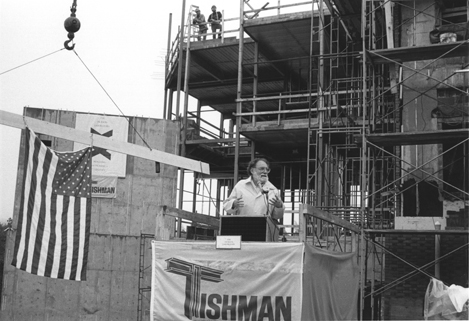
Faculty Research 1990 - 1999
Genotypic and phenotypic characterization of six new recombinant congenic strains derived from NOD/Shi and CBA/J genomes.
Document Type
Article
Publication Date
1999
Keywords
Chromosomes: ge, Diabetes-Mellitus-Insulin-Dependent: ge, Female, Genetic-Markers, Genetic-Predisposition-to-Disease, Genome, Genotype, Leukocytes: im, Male, Mice, Mice-Congenic: ge, Mice-Inbred-CBA, Mice-Inbred-NOD, Phenotype, Recombination-Genetic, Spleen: im, cy, SUPPORT-NON-U-S-GOVT, SUPPORT-U-S-GOVT-P-H-S
First Page
161
Last Page
167
JAX Source
Mamm Genome 1999 Feb;10(2):161-7
Grant
DK36175/DK/NIDDK, DK27722/DK/NIDDK, RR09781/RR/NCRR
Abstract
Recombinant Congenic Strains (RCS) are useful for dissecting complex polygenic traits. Here, we describe genetic and phenotypic characterization of six new RCS generated from outcrosses between NOD/Shi and CBA/LsLt, followed by sib mating of first backcross progeny (to CBA) for 20 generations, whereupon genetic and phenotypic analysis commenced. Four of the RCS were selected on the basis of residual heterozygosity present at F20 in one of the three original RCS. Contrary to expectations for RCS developed at first backcross, all derived at least 50% of the polymorphic markers typed from the NOD parental strain. Development of autoimmune insulin-dependent diabetes mellitus (IDDM) in NOD is a strain-specific characteristic. The major genetic component predisposing NOD mice to IDDM, their H2(g7) haplotype, was present in all RCS. Nevertheless, the presence of variable amounts of CBA genome at non-MHC loci conferred complete resistance in all RCS to spontaneous IDDM development, and rendered them strongly resistant to cyclophosphamide-induced IDDM. Although the RCS more resemble NOD in regard to certain strain-specific characteristics, such as prolificacy, an immunologic phenotype that was significantly reduced when compared to both parental strains was the number of peripheral CD8(+) T cells. Given the genetic characterization presented, these new RCS should prove valuable to investigators interested in studying genes controlling differential susceptibilities distinguishing the NOD and CBA inbred strain backgrounds.
Recommended Citation
Reifsnyder PC,
Flynn JC,
Gavin AL,
Simone EA,
Sharp JJ,
Herberg L,
Leiter EH.
Genotypic and phenotypic characterization of six new recombinant congenic strains derived from NOD/Shi and CBA/J genomes. Mamm Genome 1999 Feb;10(2):161-7

